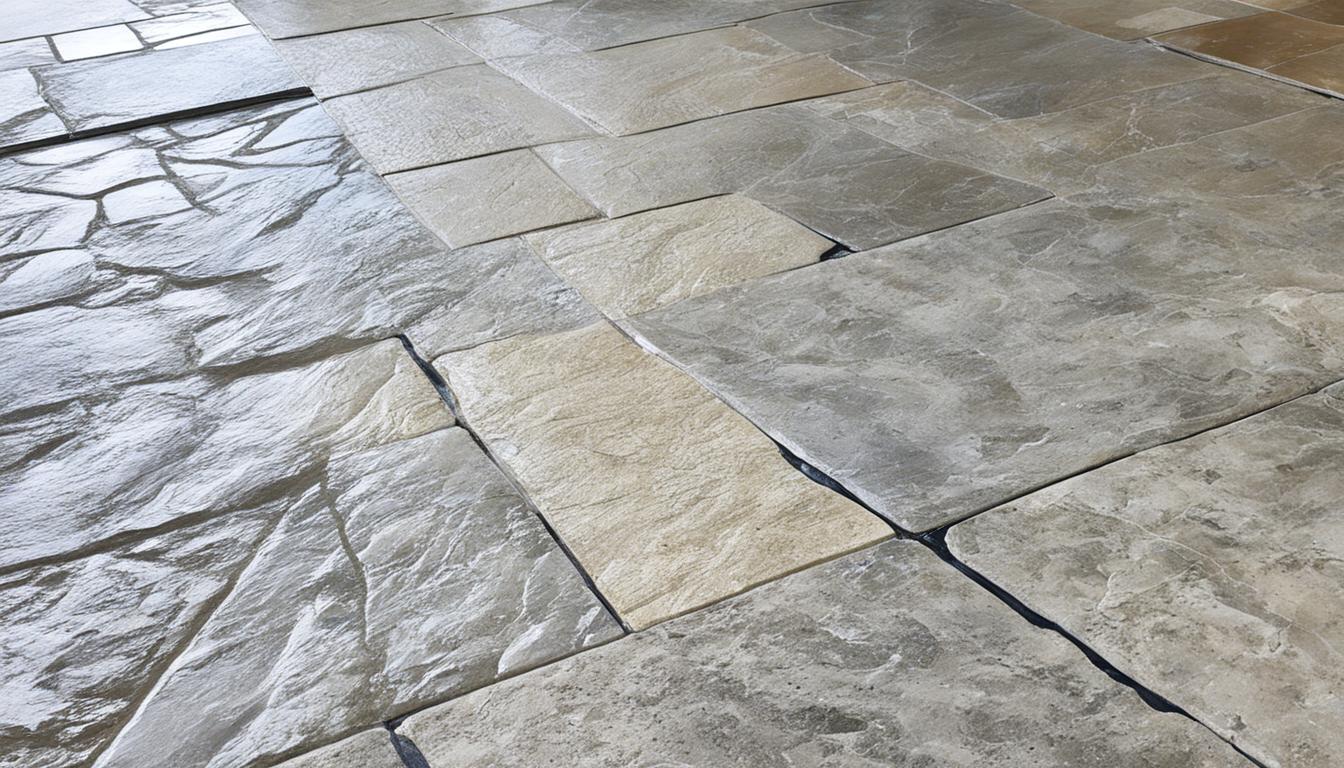Restoring rock in historic houses is a fragile balance of art and science, necessitating an understanding of both the material's native condition and the cultural context in which it exists. As homeowners and restorers take on the responsibility of restoring these buildings, they face a variety of hurdles, from acquiring appropriate materials to ensuring that the restoration techniques conform with conservation guidelines. The aesthetic of rock, with its eternal appeal and strength, often makes it a focal point in historic architecture, but this also means that the challenges are elevated when it comes to restoration.
In this guide, we will explore the essential steps to take when initiating on a rock restoration project, including frequent pitfalls to avoid and crucial tactics to ensure a favorable result. Whether you're contemplating your maiden restoration task or seeking to refine your existing capabilities, grasping the subtleties of interacting with stone can greatly boost your capacity to maintain the charm and authenticity of old homes. Join us as we reveal the successes and setbacks of rock renewal, aided by professional opinions and crucial tips for every resident.

Common Mistakes in Stone Restoration
One of the most frequent mistakes in stone restoration is the application of unsuitable cleaning techniques. Many homeowners opt for harsh chemicals or rough instruments, thinking these will adequately clear dirt and grime. Yet, these methods can harm the stone surface, leading to permanent marks or discoloration. It's essential to determine the type of stone and use mild stone-safe cleaning solutions to preserve its integrity and appearance.
Another common pitfall is the failure of proper historical research. Each type of stone has its properties and vulnerabilities, and restoring without understanding these can lead to additional issues. Homeowners should consult experts who can give recommendations into the stone used in the structure and suggest the best practices for restoration. A strong background in the material's contextual history can prevent mistakes that jeopardize the restoration process.
In conclusion, overlooking maintenance post-restoration can significantly weaken the results of time spent on the project. After restoration, stones require regular upkeep, including protective coating and frequent care to protect against discoloration and degradation. Numerous people fail to establish a maintenance routine or fail to recognize its importance, which can lead to premature wear. A proactive approach ensures the endurance of both the restoration work and the natural beauty of the stone.
Advantages of Indoor Golf Facilities
Indoor golf facilities offer an exceptional opportunity for golfers to practice and play year-round, no matter the weather conditions. This convenience allows players to maintain their skills and enjoy the game even during extreme winters or rainy days. With climate-controlled environments, golfers can focus on their swings and techniques without the distractions that weather changes can bring. This regular practice is essential for improvement and can lead to better performance on the course.
Another notable benefit of indoor golf facilities is the advanced technology they utilize. https://kirby-melchiorsen.federatedjournals.com/the-masters-of-stone-profiles-of-leading-experts-in-restoration of these venues come equipped with cutting-edge simulators that provide detailed analytics on a player's swing, ball speed, and trajectory. This data is invaluable for golfers looking to refine their techniques and understand their strengths and weaknesses. Additionally, the immersive experience of simulated courses can make practice sessions more engaging and enjoyable, motivating golfers to spend more time honing their skills.
Finally, indoor golf facilities foster a community among players. These venues often host events, leagues, and tournaments, bringing together individuals who share a passion for golf. This social aspect not only enhances the overall experience but also provides ways to networking and friendship among golfers of all skill levels. The bonding built in these spaces can motivate players to improve and stay active in the sport. spintax
Key Considerations for Home Restoration
When kicking off a project to restore stone, it's important to assess the quality of the existing stone surfaces. Be on the lookout for signs of wear, cracks, or discoloration which may indicate deeper issues that need fixing. Knowing the type of stone used in your old home is essential, as different stones have unique properties and restoration methods. Consulting with professionals familiar with the particular materials can save time and resources.
Another key factor is picking the right restoration techniques that align with the home's historical integrity. Techniques can range from basic cleaning and repairs to advanced interventions like replacing damaged stone. It’s essential to find a balance between preservation with modern needs, ensuring that any intervention is in line with conservation best practices. Consideration should also be paid to the surrounding environment and structural stability throughout the process.
Lastly, once the restoration is complete, ongoing maintenance is essential to extending the life of your restored stone surfaces. Regular cleaning and protection strategies must be implemented to safeguard against environmental factors that could lead to deterioration. By implementing a maintenance plan and being proactive about care, homeowners can ensure lasting beauty and functionality of their historic stone features.
